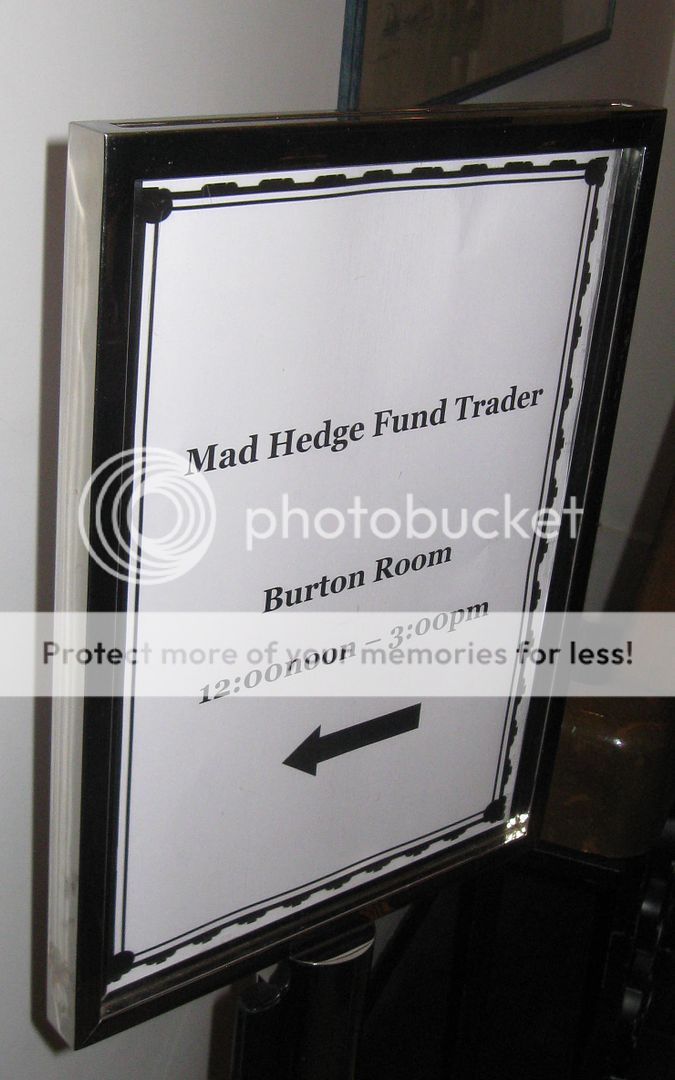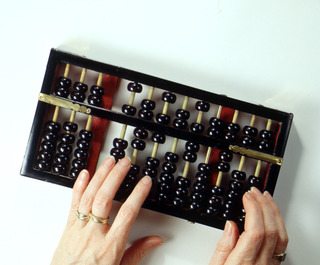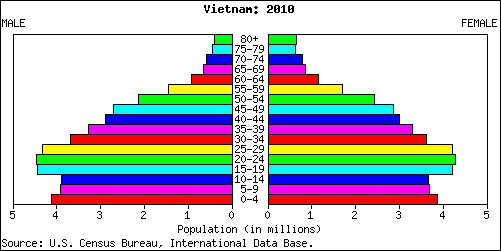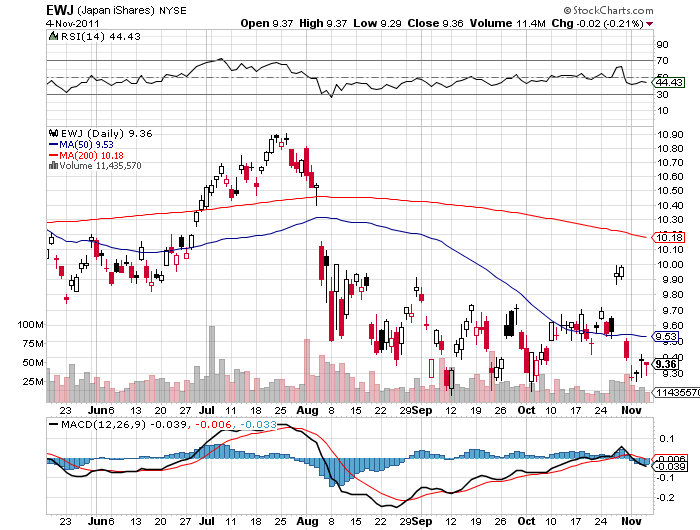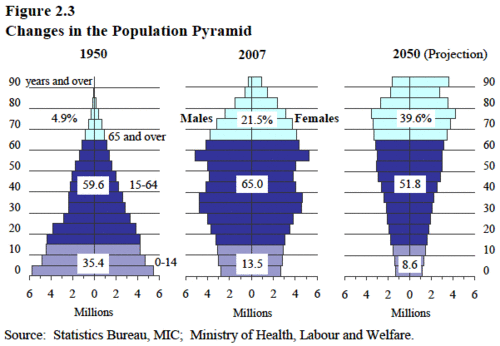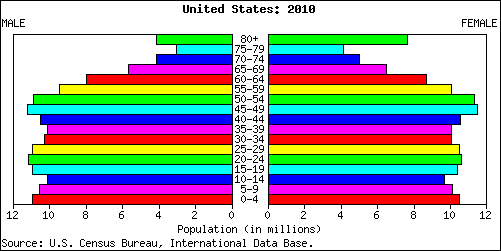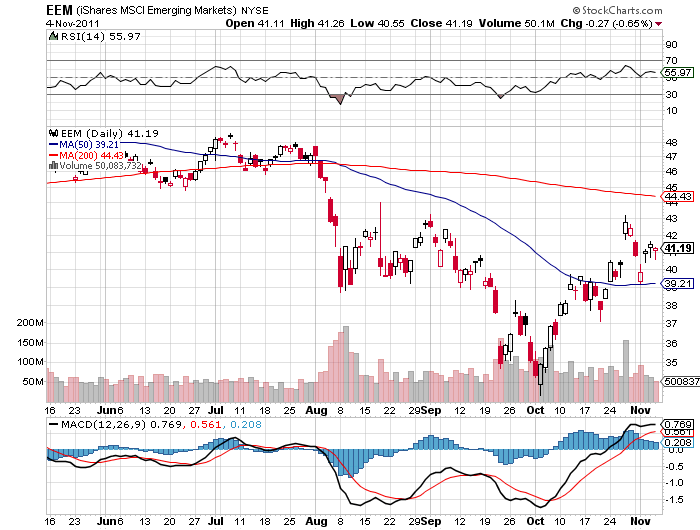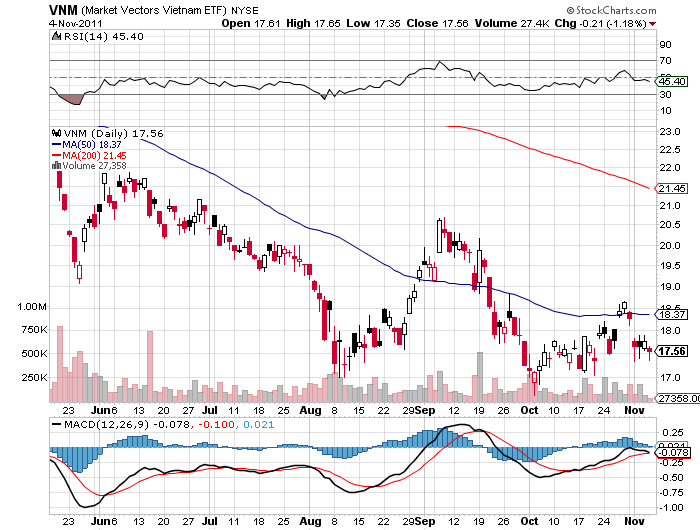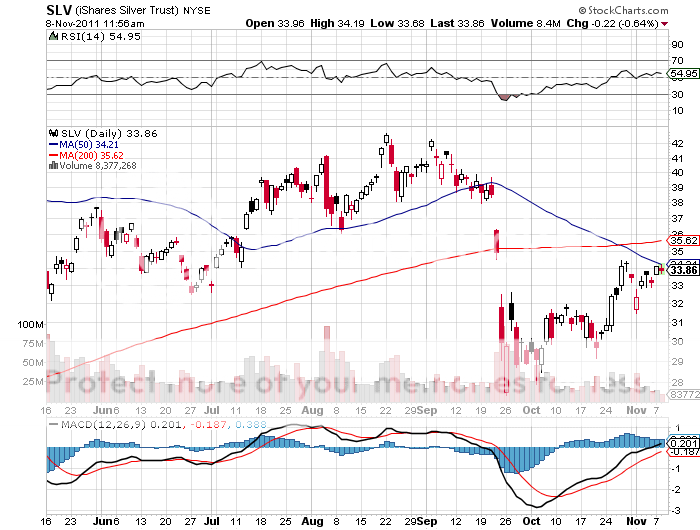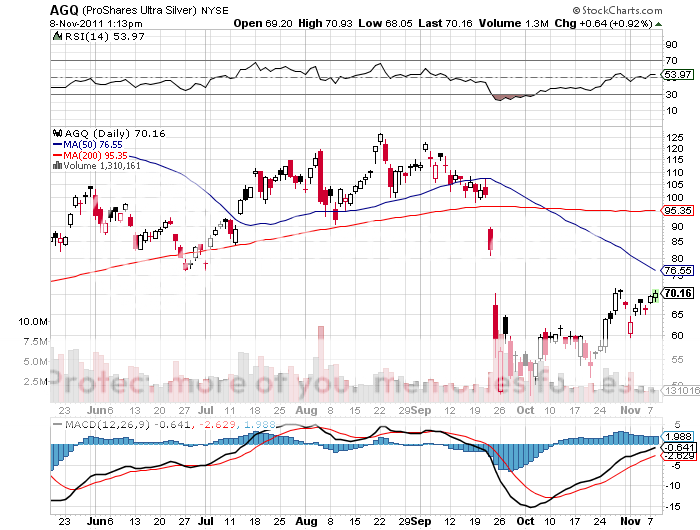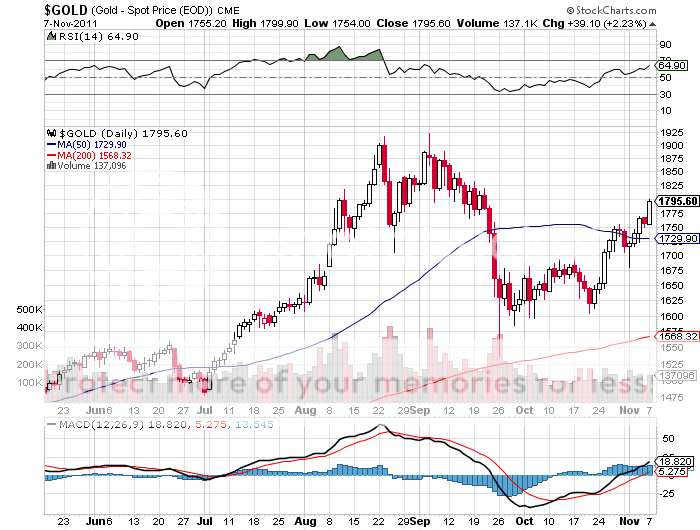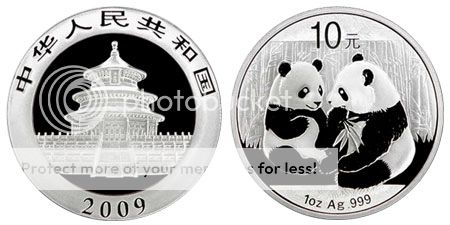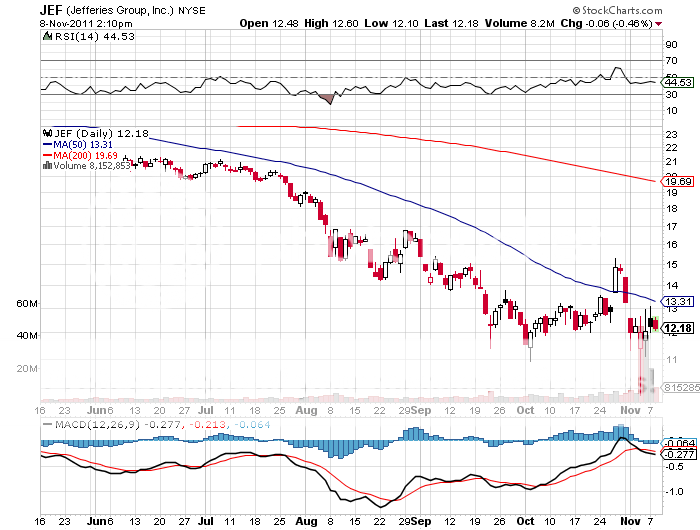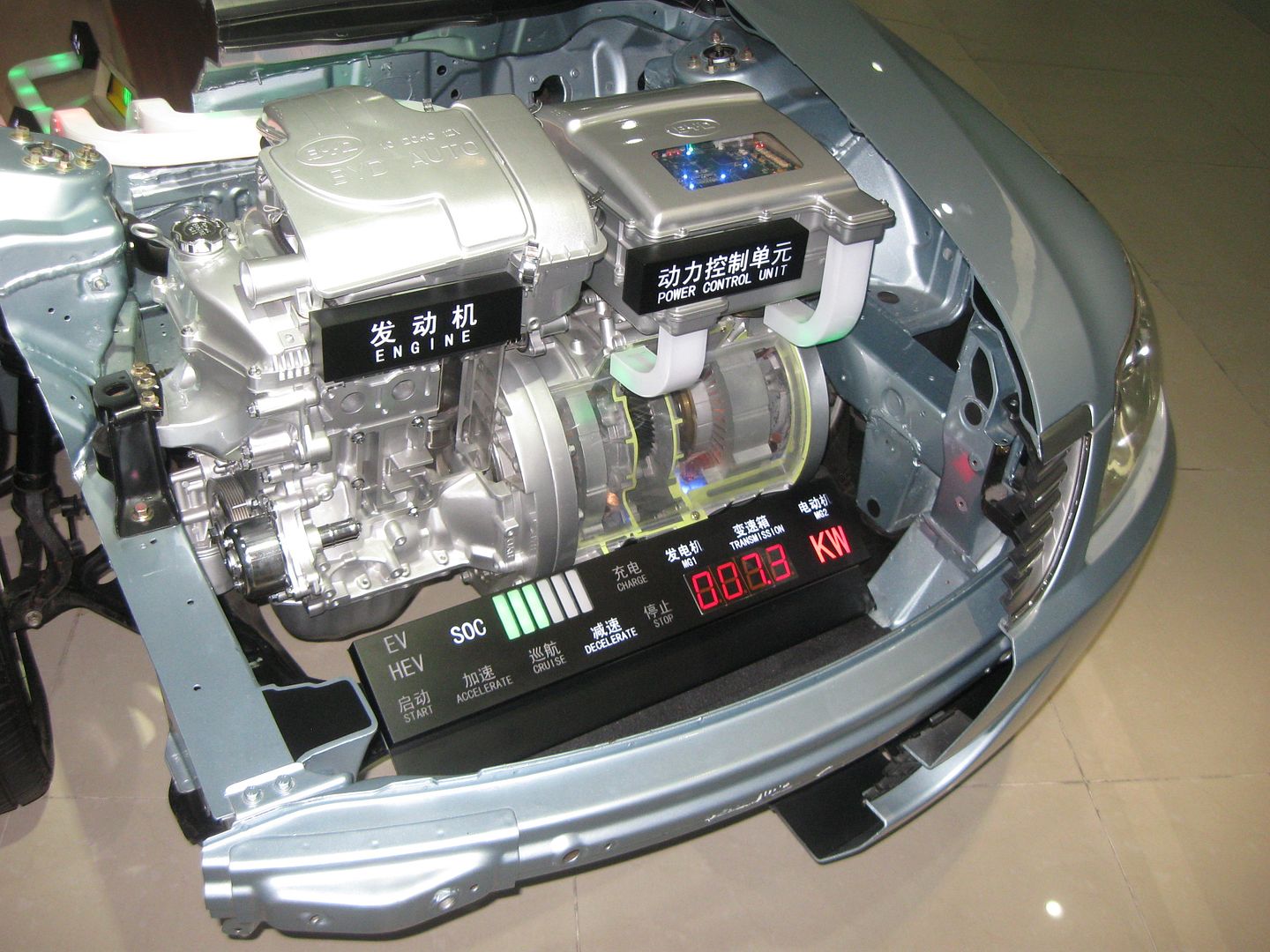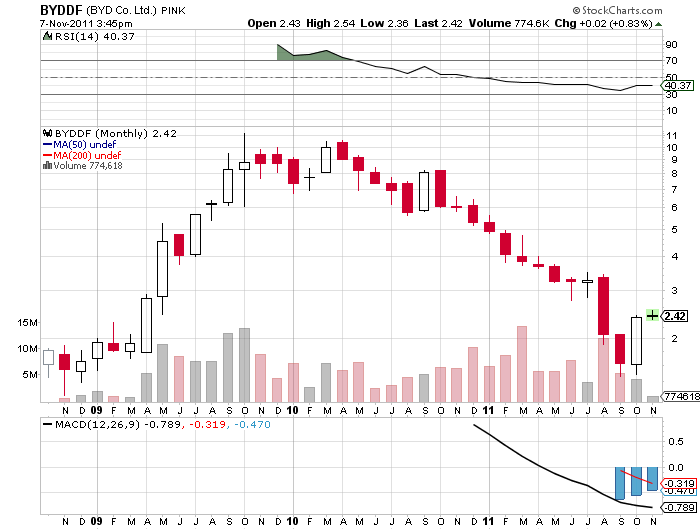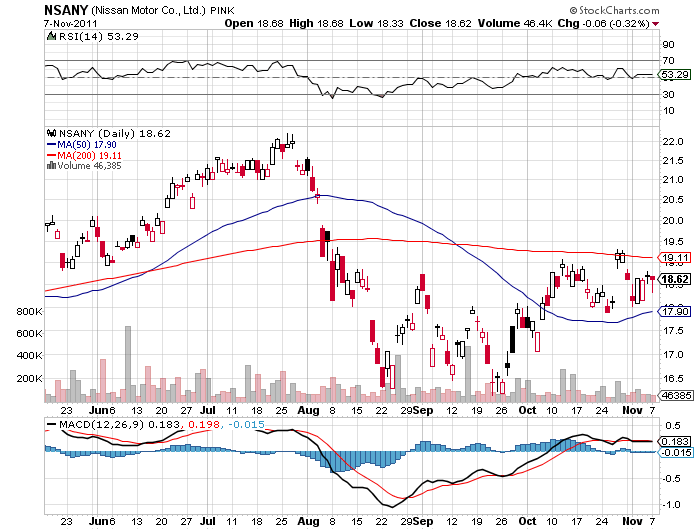I am writing this from the polished teak floored, white columned, veranda of the historic Raffles Hotel in Singapore. Exotic tropical birds with huge curved bills are calling each other from the betel nut trees. I am somewhat peeved, as the Sir Stamford Raffles Suite which I have reserved is not yet available. A visiting head of state shacked up with his mistress has overstayed his booking, and the hotel is afraid to boot him out, lest they cause an international incident.

The manager couldn?t be more apologetic, and mollified me with a complimentary breakfast, $300 worth of spa credits, and unlimited use of the hotel limo for the duration of my stay.
I was in a crabby mood to start with. Singapore Airlines screwed up my booking, so instead of getting the full length bed I was expecting for the eight hour overnight flight from Brisbane, Australia, I ended up with a less than compromising standard business class seat. By the time I landed at 6:00 am the next morning, I was so sore that I felt I had just played for the losing Australian team in their rugby world cup match against New Zealand?s unbeatable All Blacks. The things I do for this letter.
When I walked out of the cavernous airport, the humidity slapped me in the face, fogging up my glasses. With Singapore a scant one degree and 22 minutes north of the equator, I arrived at the height of the Northeast monsoon, and it was 90 degrees and raining.
And the dawn rose like thunder.
Every time I poke my foot out the door, a deafening clap of thunder struck and a torrential downpour ensued, sending palm fronds flying. So this will be a writing day.
On arrival, I did what all returning Singaporeans do in time honored tradition. I went to McDonalds and had a sausage and egg McMuffin. Meet the face of globalization.
Meet The Happy Face of Globalization
Singapore has been an economic miracle for as long as I can remember. It was the first place American electronics multinationals offshored during the 1960?s, when China was still locked up tighter than a drum and in the throes of the Cultural Revolution. Since then, the country made itself an entrep?t of international trade. It is the region?s largest oil refiner. It created an educated and efficient workforce that was the springboard to making Singapore a major services hub for banking and securities markets.
Private technical schools are absolutely everywhere, and sociology majors are far and few between. Not a penny was spared on the construction of its impressive infrastructure. Much of the Asian bulk shipping fleet lies at anchor, loading, unloading, or awaiting charters, drawn by world class ship repair facilities. When the Middle Kingdom finally joined the globalization gravy train, Singapore caught the spillover. The island nation of 3 million is now one of the leading centers for the management of the immense wealth earned by high net worth Chinese. The place is swimming in money. Singapore ranks 14th in the world in imports, 15th in exports, and is the 5th busiest port in the world. Inhale here, and you are tasting the intoxicating air of prosperity.
The credit for much of this success can be laid at the feet of the autocratic former Prime Minister, Lee Kwan Yew, who ruled the country with an iron fist for 23 years. Littering can still earn you a public flogging with a painful rattan. I still hold a grudge against Mr. Lee because he regularly locked up friends of mine at The Economist and the now defunct The Far Eastern Economic Review whenever they ran an editorial he disagreed with. Still, it?s hard to argue with success.
This year, Singapore?s GDP will grow a blistering 5%-6%, a rate Americans would kill for. Inflation is rising at 5%. The Singapore dollar, now worth 81 cents, is as good as gold, and has been rising consistently for 40 years. Singapore ten year government bonds, yielding a mere 1.62%, are one of the few top sovereign credits still out there. They are one of handful worth buying in the world, along with those of Brazil, Australia, and New Zealand. Needless to say, Singaporean stocks (EWS), bonds, and currency have all been favorite hedge fund targets for years. They are ?RISK ON? trades with a turbocharger. Buying stock exposure there at recession lows, such as through the ETF (EWS), has been a multi decade winner, and will continue to be so for the foreseeable future.
The Raffles has been a crossroads for Asian travelers since it was built by four Armenian Brothers in 1887. Rudyard Kipling, Somerset Maugham, and Noel Coward were regular residents. A tiger was shot in the billiard room in 1902. The ?Singapore Sling? was invented in its famous Long Bar, just off Cad?s Alley, as a polite way for women to drink gin. During WWII, my late father-in-law, Masao Taguchi, was stationed here as a paymaster for the Japanese Army.
I first stayed at the Raffles in 1974, when the floorboards sagged, the threadbare carpets threw off a musty smell, and the white plaster was peeling off the mildewed walls. I used to play billiards there with the war correspondents covering the dying embers of the Vietnam War, the felt on the enormous tables frayed and insulted with countless cigarette burns.
In 1991, the hotel underwent a down to the foundations reconstruction, and was later sold to the government of Dubai. Today it is considered one of the best hotels in the world, along with the Cipriani in. Service is offered here in the extreme, my personal butler, Alvaro, assigned to me upon check in (yes sir, no problem getting those suits pressed and shoes shined in 20 minutes). The same billiard tables are still there, with new felt to boot.
I Last Played Here in 1974
Singapore also amazes observers with its ambitious social experiment. This was a malarial swamp when the British East India Company set up a trading post in 1819, so everyone here is from somewhere else. Today, the population is evenly split between the decedents of British colonials, overseas Chinese, Indians, and Malaysian bumiputras.
It is fascinating listening to the locals communicating with each other in fractured versions of the national language, English, which is really of form of pidgin. Even the local Chinese dialect blends in a lot of random English words. The racism of the colonial past has long since disappeared. Today everyone seems to get along, worshipping the common god of commerce.
Check Out My New Digs
My Singapore Global Strategy luncheon was a blowout success, with late minute additions packing the room at the American club beyond its legal capacity. Was it something I said? Afterwards, one reader invited me to sail with him from Phuket to Penang next time I was in town. I asked if this was safe, since the Straits of Malacca were invested with pirates. Having covered their depredations on the Vietnamese boat people during the seventies, I know them too well as a savage and pitiless bunch. He said yes, that was true, but as long as they were paid off in advance, they left you alone. That worked for me, as it was better than the alternative. No kidding.
I spent my last night in the island nation as the dinner guest of some local magnates and soldiers of fortune. Note to self: never tell the Chinese you?ll eat anything. The Peking duck, peppered crab, and the rare, raw Canadian geoduck shellfish were excellent. However, I passed on the monkey brains and snake bile, citing my doctor?s admonition to avoid these delicacies due to their high cholesterol content.
?As my plane taxied downed the runway for takeoff, I wondered how many bones of allied soldiers we were passing over. My late friend, James Clavell, spent 3 ? years here at the notorious Changi POW camp during WWII. His ordeal became the basis for the bestselling novel and Hollywood film, ?King Rat?.
I asked the flight attendant if we would pass over Vietnam and Cambodia on the way to Hong Kong. When she said ?yes?, the first thing that came to mind was ?Damn, hope we don?t can catch another burst of machine gun fire again.? There are still bits and pieces of me down there, and whenever I pass by the neighborhood, they speak to me.
Oh, and if anyone needs pirates in the Straits of Malacca dealt with, just send me an email. I?m your guy.










